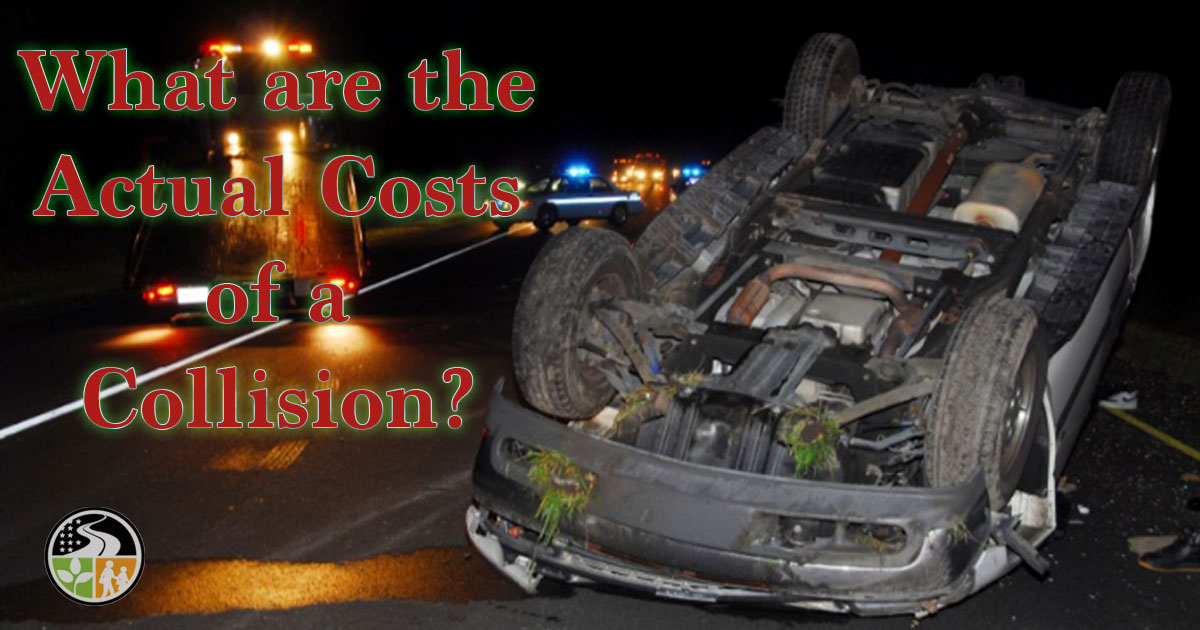What are the Actual Costs of a Collision?

How Much Do Vehicle Collisions Cost You?
As you prepare to drive anywhere there is a number of things you have to think about: Do I have my mask? Hand sanitizer? Gloves for the gas pump? Bags for the groceries? The list seems to keep growing. But what most people are not thinking about is how much more complicated their lives would be if they were in a car crash. The complications range from losses of things from time, money and the ultimate loss—loss of life. So, what are the actual costs of a collision?
What is the economic impact?
In the United States, about 100 people die every day in roadway collisions (on average). Also, more than 2.7 million people were injured in vehicle collisions in just one year (2018).
How do all those crashes translate into dollars? The direct economic costs for vehicle crashes totaled $277 billion dollars in 2010. If these expenses were divided evenly, they would amount to nearly $900 per person in the United States. However, the costs don’t just stop there. Loss of life, chronic pain and impaired quality of life are hard to put a number on, but experts who “run the math” calculated an annual cost of $594 billion.
That’s an incredible $871 billion dollars lost annually due to vehicle crashes!
Who pays for those crashes?
No doubt you are familiar with the payments that each individual makes. For instance, each person pays for their health insurance, deductibles and some vehicle repairs.
But society in general also feels the effects of these crashes. Insurance premiums go up, medical resources are directed away from other needs and families may lose their main breadwinner due to injury or death.
Why are there so many vehicle crashes?
As you probably already know, vehicle crashes are a leading cause of death in the United States. The reasons for crashes are varied and they include heavy traffic, irregular road surfaces, missing road signs and lanes that weren’t properly marked. Crashes take place in a wide variety of areas, such as at intersections, on highways or along small country roads. Some involve just one car, but others involve several vehicles or even bicycles and pedestrians.
Often, however, the problem isn’t with the road, but rather with the driver. Among the main reasons for crashes were drivers who were under the influence of alcohol or drugs, who didn’t respect the speed limit or who allowed themselves to be distracted with cell phone use.
When it comes to reducing the costs of crashes, the same suggestions you often hear are still valid: use your seat belts, don’t drive distracted and don’t drive under the influence. You will be saving yourself and your community from unnecessary pain and economic loss—a benefit for everyone.
- 2025
- 2023
- 2022
- 2021
- 2020
- 2019
- 2018
- 2017

